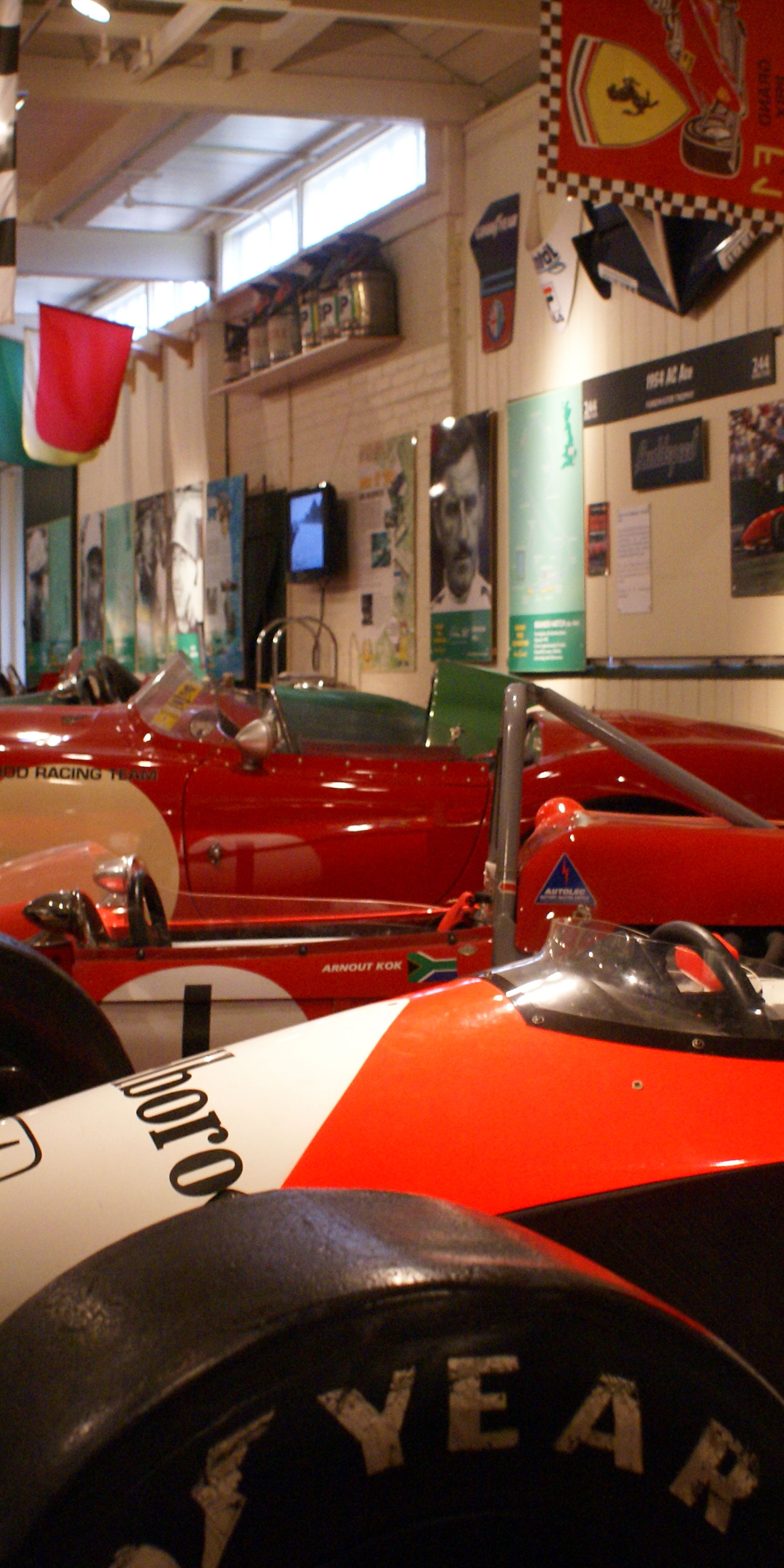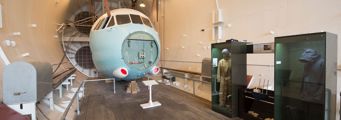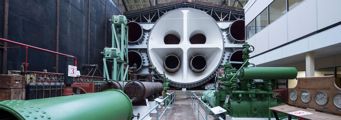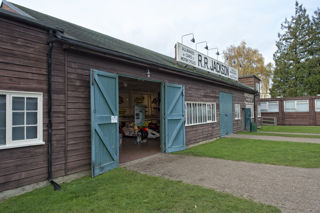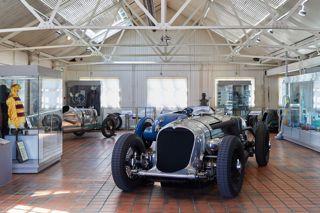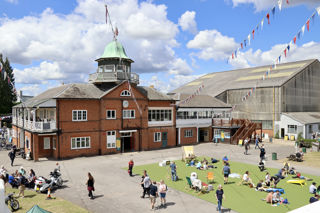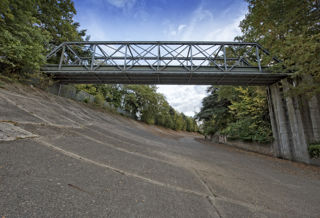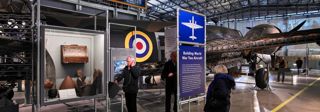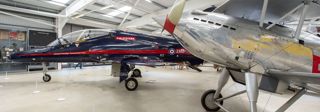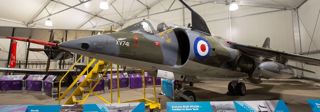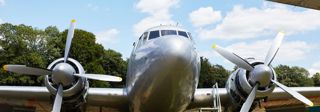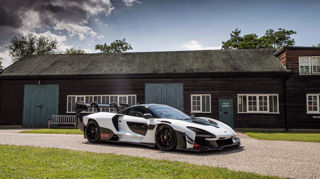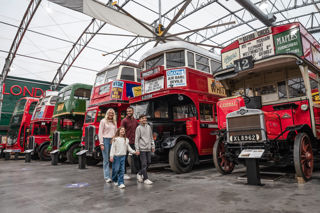Barnes Wallis' Stratosphere Chamber
The Barnes Wallis-designed Stratosphere Chamber was built in 1946 to investigate high-speed flight at very high altitudes. The exhibition highlights Wallis’ research work for the Vickers aircraft company after 1946.
This exhibition inspires people of all ages, including young people who may be considering careers in science and technology, using the technological achievements of people at Brooklands.
Here, we share the inspirational story of Barnes Wallis, a pioneer beyond his times, who also designed the World War Two-winning Tall Boy and Bouncing Bombs.
Stand in awe before the great Chamber and its ingenious door design, and see in the Chamber itself, the forward section of a Vickers Vanguard airliner just as it would have been on test in the 1950s.
Also on display in the Stratosphere Chamber building is the Museum’s collection of aero engines ranging from the simplest early piston engines up to advanced turbofan jet engines.
Further exhibitions
